At a glance
Radon exposure is the second leading cause of lung cancer deaths in the United States. Each year 10%–20% of lung cancers occur in people who never smoked or smoked less than 100 cigarettes in their lifetime.
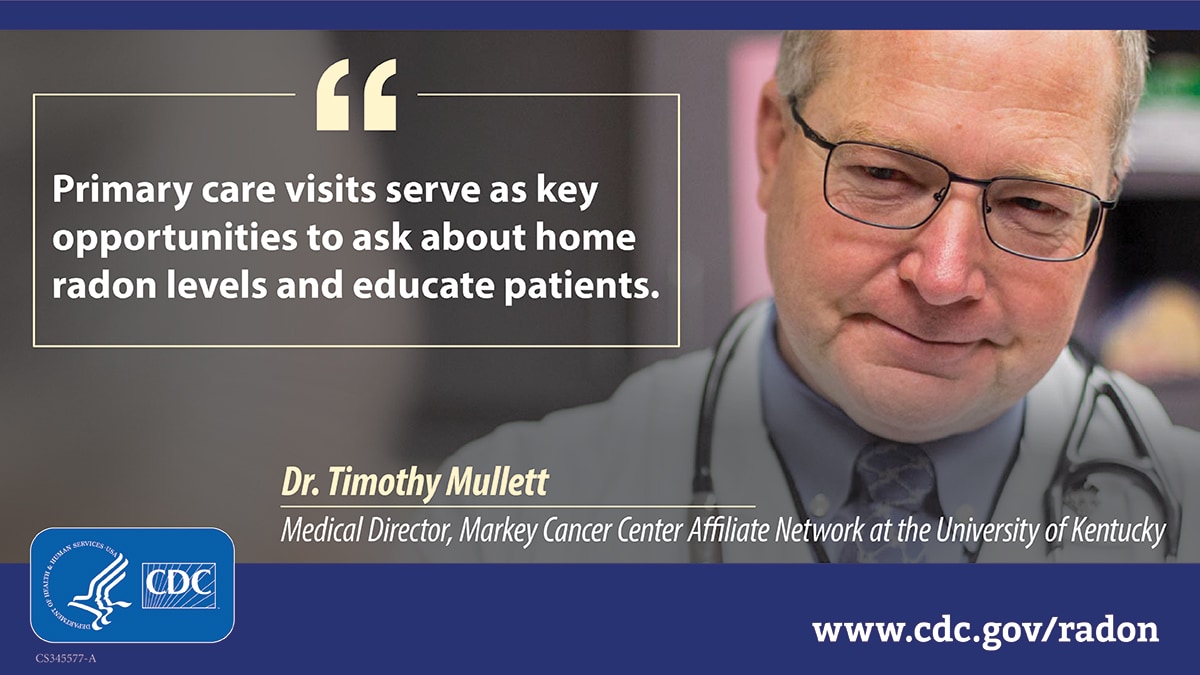
Lung cancer in the United States
Lung cancer is one of the deadliest forms of cancer. Most people with lung cancer don't have symptoms until the cancer is advanced. Early detection makes a significant difference in lung cancer survival.
As of 2020, cigarette smoking among U.S. adults reached an all-time low of 12.5%. This represents a decrease of approximately two-thirds in the more than 50 years since the first Surgeon General's report warned of the health consequences of smoking. As the decline in smoking continues, the proportion of lung cancer diagnosis attributed to other factors will increase. Recent guidelines recommending annual lung CT scans for some people with specific smoking histories is a major step forward in preventing lung cancer deaths. However, it does not include the 20,000–40,000 people diagnosed with lung cancer each year who never smoked.
The Environmental Protection Agency estimates that 21,000 people die of lung cancer caused by radon exposure each year. Deaths associated with radon can be prevented. Doctors from many specialties, including primary care, radiology, pulmonology, and oncology, can help reduce radon-associated lung cancer deaths in two ways:
- Prevention through patient education.
- Careful screening and consideration of radon exposure among patients who never smoked.
Dr. Timothy Mullett
Dr. Timothy Mullett, Medical Director, Markey Cancer Center Affiliate Network at the University of Kentucky, champions a multidisciplinary approach to lung cancers of all causes and challenges the assumptions that only patients who have smoked can have lung cancer.
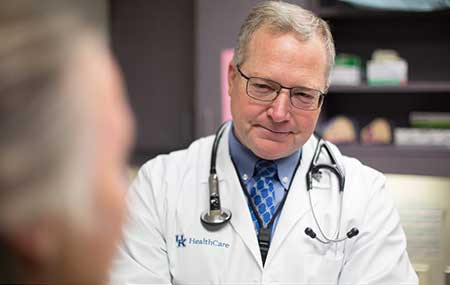
Upon moving to Kentucky, Dr. Mullett recalls, "I was struck with the burden of lung cancer and its impact on patients, families, and healthcare. At the same time, we did not have anyone dedicated to this practice. That was impacting our training programs. We also were not demonstrating a proportional focus on the disease in Kentucky."
Over 3,000 lung cancer deaths occurred in 2019 in Kentucky. Dr. Mullett took on the initiative to lead the way in battling the disease devastating his new community. As he puts it, "This is not your grandfather's lung cancer," referring to the increased survivorship over the past few years due to increasing early detection. In 2021, the United States Preventive Services Task Force further instilled early detection into clinical practice by issuing new recommendations. These recommendations include annual screenings for adults aged 50 to 80 who have a 20 pack-year smoking history and currently smoke or have quit within the past 15 years.
A pack-year is a measurement of lung cancer risk that calculates the number of packs of cigarettes smoked per day by the number of years the person has smoked. For example, 1 pack-year is equal to smoking 1 pack per day for 1 year, or 2 packs per day for half a year.
Now, as outcomes and survivorship improve among people who currently or formerly smoked and as smoking trends continue to decline, a shift will occur. People who never smoked, particularly those with high radon exposures, will make up a relatively higher proportion of lung cancer deaths.
People who do not meet the new screening criteria, even those with known long-term exposure to high radon levels, are not likely to benefit from the same lifesaving early detection.
Dr. Mullett strives to keep lung cancer initiatives in Kentucky in alignment with the changing lung cancer landscape. Dr. Mullett leads a quality improvement initiative for prevention and early detection of lung cancer in Kentucky. This initiative based on shared decision making and evidence-based interventions in lung cancer control efforts. He advocates for incorporating radon into cancer screening protocols along with other risk factors like second-hand smoke exposure.
Lindi Campbell
This approach to looking beyond smoking status in lung cancer diagnosis can save lives. This was the case for Kentuckian Lindi Campbell. At age 51, Lindi was entering a new chapter in her life as a recent empty-nester, working out regularly and enjoying time with her husband. After a doctor's appointment to address her acid reflux, her primary care physician ordered a chest x-ray. The imaging revealed a small shadow on her lung.
Although Lindi had no history of smoking, as an extra precaution her astute primary care physician referred her to a pulmonologist who ordered a CT scan, the gold standard screening method for lung cancer. The scan showed a 1.2 cm nodule on Lindi's lung. The pulmonologist periodically repeated the scans, and over the course of 1 ½ years, the nodule doubled in size. Given Lindi's age, health, and the fact that she'd never smoked, the pulmonologist assumed it was benign.
However, one of Lindi's friends who works in the medical field suggested that she get a second opinion. The second pulmonologist ran further tests and suggested treatment for a possible lung infection. When the nodule was unphased by this aggressive antibiotic treatment, he immediately scheduled her for a lung surgery to remove the nodule, 2 ½ years after its initial discovery.
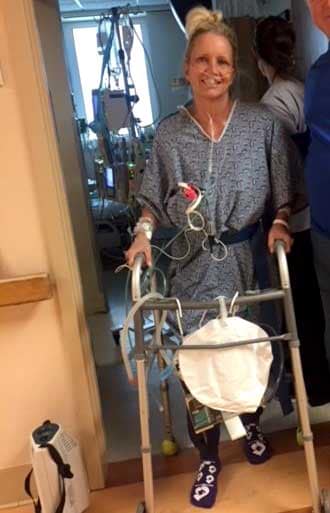
The biopsy results revealed that it was cancerous. Upon her cancer diagnosis, she transferred her care to Dr. Mullett's practice at UK HealthCare's Markey Cancer Center. Lindi didn't think it was possible to get lung cancer without ever smoking. She did not know about the second leading cause of lung cancer, radon. Neither did her family when she was growing up.
She spent the first 21 years of her life living in a basement bedroom. Radon is released from rocks, soil, and groundwater. Levels of radon are the highest in basements or lower levels of homes and buildings. After Lindi's diagnosis, she had a company perform a long-term radon test to check the levels in her childhood home where her 86-year-old mother still lives. The results revealed that radon levels were more than 21.6 piC/L, over five times the level at which the EPA recommends installing a radon mitigation system.
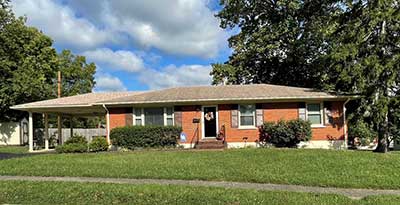
For Lindi, like many, her childhood home was a place of comfort and safety, yet decades later she learned it may have been slowly damaging her lungs.
As a survivor, Lindi has found that most people she talks to are also unaware of radon and its risk. She is a committed advocate for lung cancer prevention, of all causes, and works to raise awareness about radon. Lindi raises the point, "Everyone can give of their voice if they are educated the right way about the disease."
The reaction of the first pulmonologist to Lindi's case is not at all uncommon when a patient presents with no history of smoking. The fact that her primary care doctor was initially concerned and referred her to a pulmonologist, and her decision to eventually seek a second opinion, saved her life.
A life-saving conversation
Dr. Mullett continues his outreach to the medical community to consider all causes of lung cancer. He raises awareness to help prevent patients like Lindi, who have never smoked, from being overlooked until it is too late.
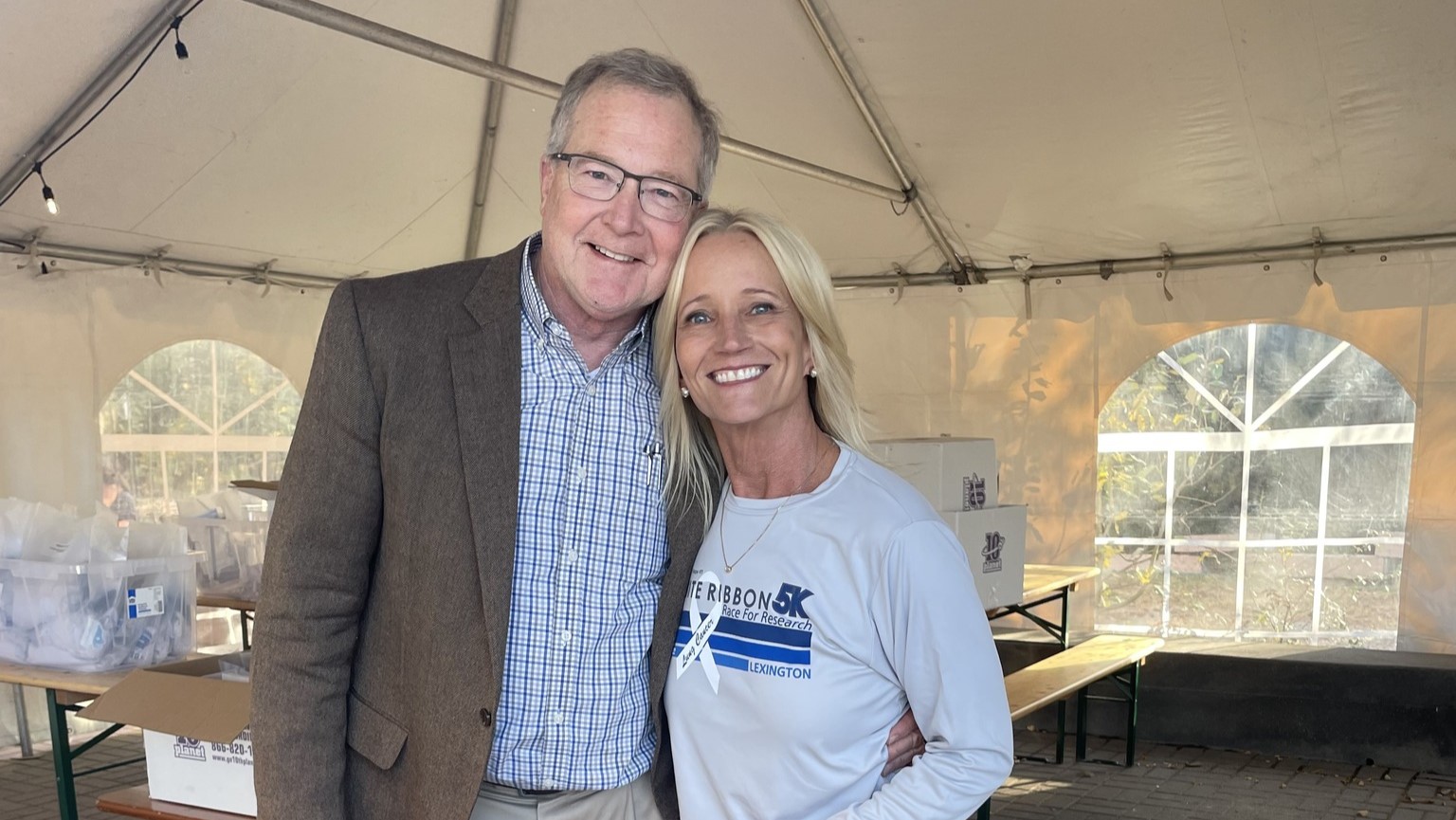
He advocates for primary care visits to serve as key opportunities to ask about home radon levels and educate patients. Providers that have these regular interactions with patients can then follow up on radon test results and provide further guidance in future visits. “Lung cancer screening is not just a scan. It is a conversation.” And it’s a conversation that more doctors could be having with their patients to save more lives.
